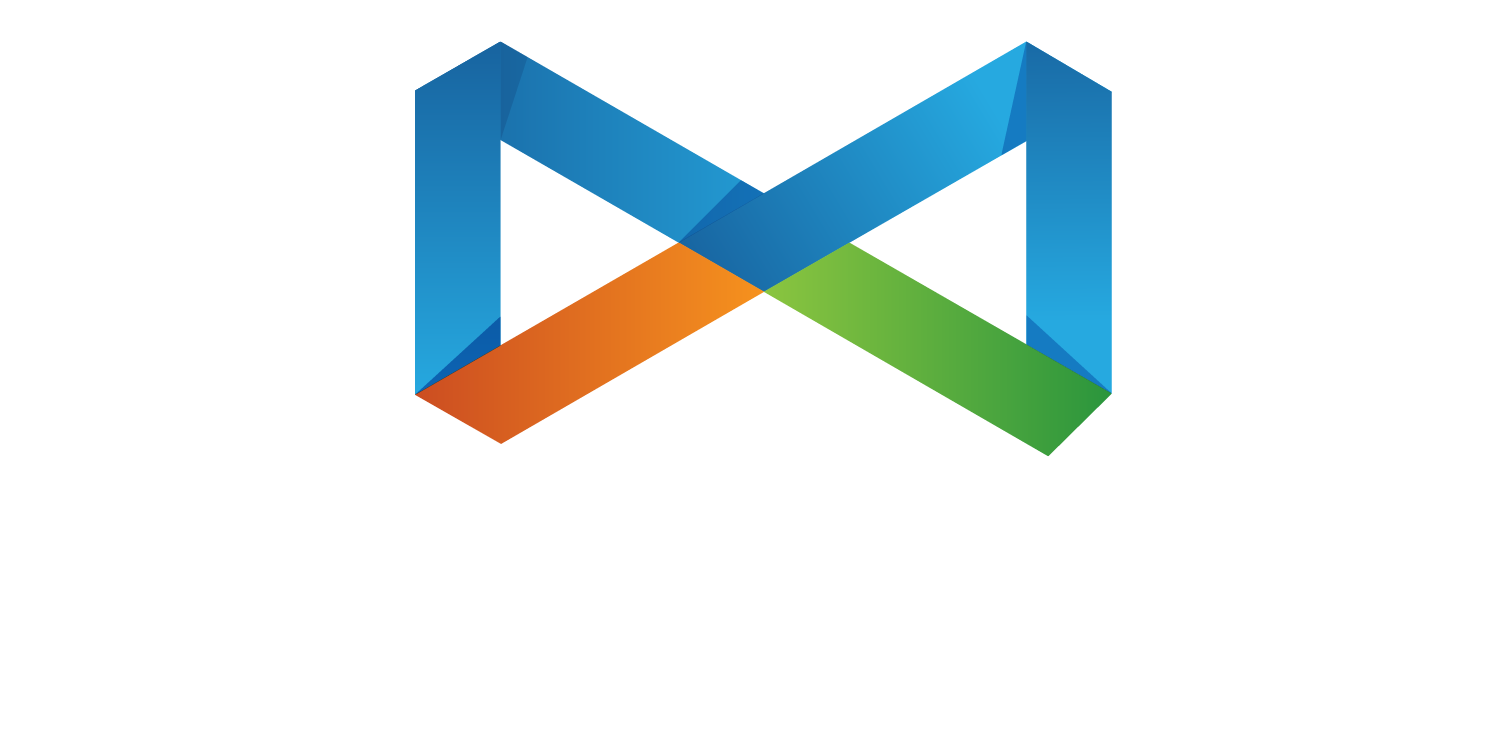Bo Sacks has been a successful figure in the publishing industry since 1970. With a background in print publications, running his own weekly in New York City, Sacks is also one of the founders of High Times Magazine. He has worked for major publications and media companies such McCall’s, Time Inc, New York Times Magazine Group, CMP, International Paper, Ziff-Davis, and Bill Communications.
Sacks is now a well-respected media consultant with his own firm, Precision Media Group. He also publishes the longest running e-newsletter in the entire world, “Heard on the Web: Media Intelligence,” which reaches more than 16,000 media industry leaders daily.
Sacks recently spoke to use about the future of online advertising. One of the keys? Trust.
Online Trust and Credibility: The Key to Online Success
With the proliferation of websites on the Internet, how does a fledging media company succeed, especially in the realm of online advertising? Today, online and mobile advertising has a number of challenges. One of them is fraud, which potentially loses billions of dollars for companies each year.
Fraud is difficult to track and quantify, according to Sacks, especially with bots that can generate one billion fraudulent ad impressions in a minute.
“How do you measure bots?” he explained. “It’s not like people rob a bank, and that’s a fixed universe, and you know there was a million dollars in there, and you can say, ‘Well, they robbed the bank, there’s a million dollars missing.’ You’re talking about billions of ads on millions of websites, and there’s no central bank to determine what’s missing. It’s a self-fulfilling prophecy where programmatic advertising just keeps churning on and on. There’s not a beginning and an end. It’s continuous.”
While technology such as artificial intelligence may be successful in combatting ad fraud in the future, for now, websites can improve their chances of success through the development of trust and credibility.
“Placing an ad in trusted media doesn’t guarantee an ROI, but it has a certain amount of credibility to it that humans will actually see the place where your ad is, isn’t a fraudulent news site,” Sacks explained.
4 Examples of Successful Media Companies
Sacks does not have any easy answers about how to build credibility quickly. During the podcast, he mentioned a number of media companies that generated trust over time. For a traditional media company such as The New York Times, that trust has been built over many many decades in the public eye.
How have some newer companies or brands from larger companies accomplished this?
1. Vice
One example Sacks shared of a successful new media company was Vice.
“Vice came out of almost nowhere, and is now a trusted digital media brand, breaking out in all areas of communication,” he said. “They’re in print, they’re on the web, they have TV shows, they are a brand new trusted media. They do good work, they get known. New York Times has been around for a hundred plus years, they do good work, they are known. They’re doing their best not to screw up the brand. Continuity of message. Be good.”
2. Hearst
Hearst is what Sacks called a “super large” magazine media company that is doing things right.
“Hearst is doing fantastic work, and recreating themselves, and reinventing themselves, and even coming up with new print titles, and then being smart enough to pull back and going, ‘That didn’t work, but that’s not going to prevent us from trying it again.’” Sacks said. “Hearst has invested in television, and in digital applications, Active Interest Media does events, and they do digital applications for their titles, every title has an alternate revenue stream, and then your mom and pops.”
3. Meredith’s Magnolia Journal
This brand started with a TV show, and has built up a million subscribers in months.
“So, it's interesting to see that these publishers are starting new publications, but with a built-in base,” Sacks said. “That seems to be the success for the larger companies now.”
4. Yankee Magazine
Yankee Magazine is a small regional publication that has generated interest far outside its geographic area. It also has a PBS television show.
“Why would a Yankee show be interesting to somebody in Colorado, or Texas, or Washington state? I don’t know, but they’re in, I believe it’s fifty markets across the country,” Sacks explained. “So, here you have a small little title that has managed to brand itself and expand across the country. Brilliant.”
Going Niche Will Be Critical for Online Success
If you want to build an audience as well as credibility for your media offering, go niche, according to Sacks.
“You've got to go niche – that doesn’t mean ‘small,’ that just means specific – and do things consistently right for a long period of time, and then make sure you start diversifying your offerings for those, be it a podcast, or maybe a YouTube show, for starters, an ongoing channel that publishes shows, and then maybe eventually grow to bigger deals, network shows. Is that kind of what I’m hearing? You’re just saying, hey, in this day and age it’s going to take some years, but things can happen.”
ABOUT BO SACKS
A veteran of the printing/publishing industry since 1970, Bob Sacks was always an innovator.
After several years in the alternative press publishing newspapers in New York and Tucson, Az., he went on to become one of the founding fathers of High Times Magazine.
Since then Bob has held positions that include Publisher, Editor, Freelance Writer, Director of Manufacturing and Distribution, Senior Sales Manager, Circulator, Chief of Operations, Pressman, Cameraman, Lecturer, and Developer of web site companies.
Today Bob’s firm, Precision Media Group, does private consulting and publishes "Heard on the Web: Media Intelligence", a daily e-newsletter that delivers pertinent industry news to a diverse, worldwide, publishing community of over 11,750 media industry leaders. It is the longest running e-newsletter in the world.
Bob Sacks is a columnist and lecturer who regularly electrifies the media and marketing industry with the good and bad news about what he calls “El-CID” or Electronically Coordinated Information Distribution. His fun and extremely informative presentation covers the technological past, present and future possibilities for publishing at the digital edge.














